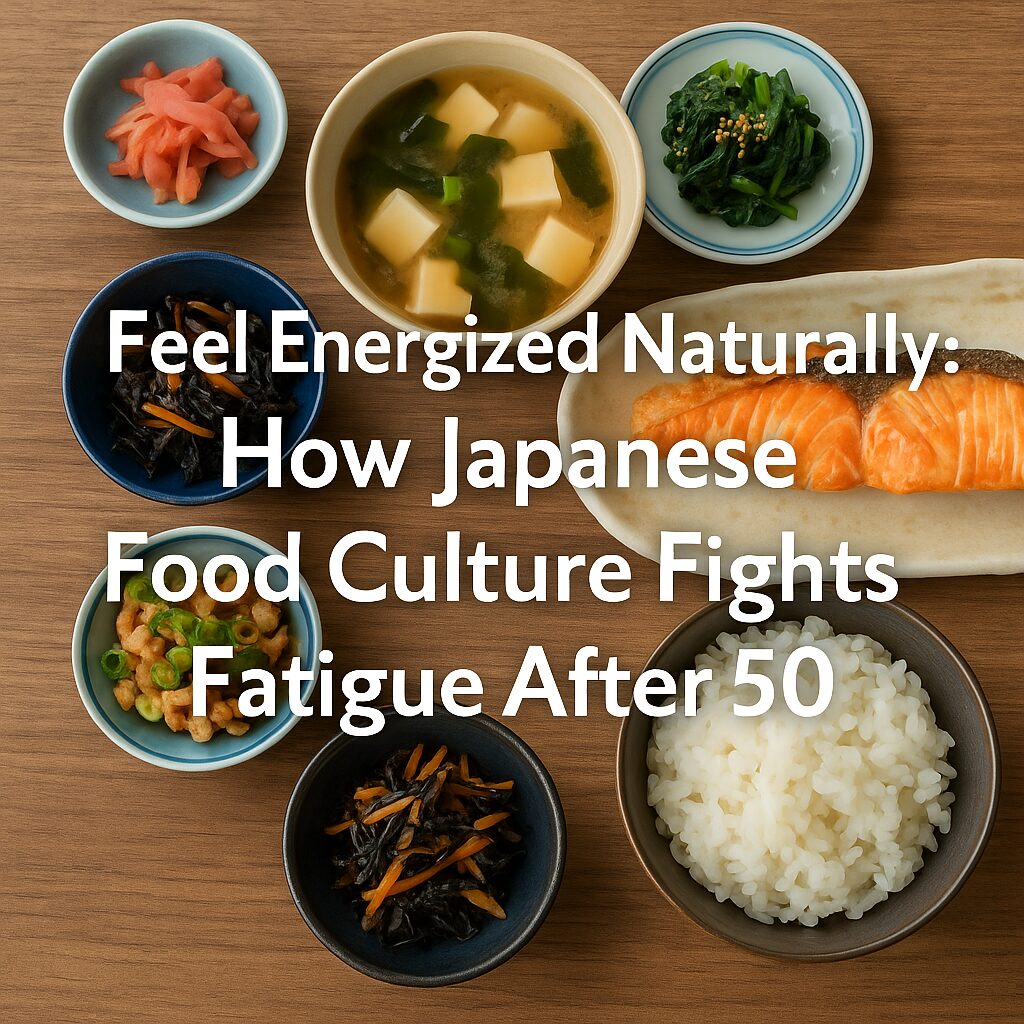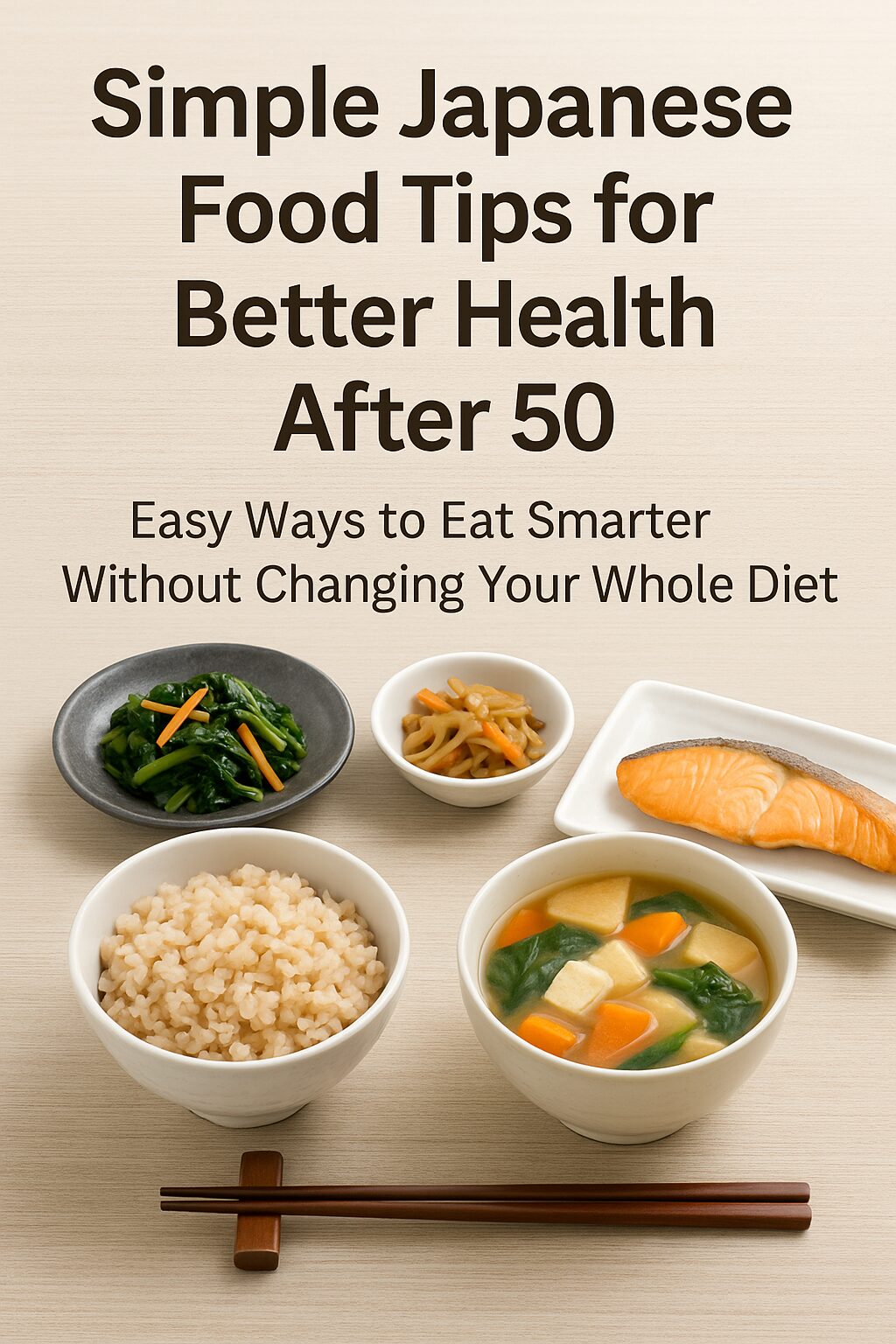Living alone brings independence, but it also requires a conscious effort to stay physically and mentally active. Especially for older adults, isolation can easily lead to inactivity, which affects not only physical health but also emotional well-being.
The good news? Staying active doesn’t require a gym membership or strenuous workouts. With a few small changes, you can build routines that energize your body and uplift your mind—right from the comfort of your home.
Why Staying Active Matters When You Live Alone
Maintaining Your Physical Health
As we age, staying physically active becomes essential to maintain:
-
Muscle strength and mobility
-
Heart and circulatory health
-
Balance and fall prevention
-
Cognitive function
Inactivity, on the other hand, increases the risk of chronic diseases like diabetes, osteoporosis, and depression.
Combating Loneliness and Isolation
Physical activity has been shown to boost mood and reduce feelings of loneliness. According to the CDC, regular movement—especially in social contexts—helps protect against anxiety and depression in older adults.

Create a Daily Movement Routine That Works for You
Keep It Simple and Consistent
You don’t have to do intense workouts to stay active. Even 20–30 minutes of light movement each day can make a big difference.
Try:
-
Morning stretches
-
A brisk 15-minute walk around your neighborhood
-
Gentle yoga or tai chi from YouTube tutorials
-
Housework (cleaning, vacuuming, laundry)
Build Activity into Your Day
Create movement “triggers” to build habits:
-
Do 10 squats while waiting for your coffee
-
Take the stairs instead of the elevator
-
Walk around during phone calls
Little efforts add up and create long-term benefits.
Fun Ways to Stay Physically and Mentally Engaged
Make It Enjoyable
Choose activities you look forward to. If you enjoy what you’re doing, you’re more likely to stick with it.
Some ideas:
-
Dancing in your living room
-
Gardening or balcony plant care
-
DIY projects or small home repairs
-
Learning new skills like painting or baking
Combine Physical and Mental Activity
Activities like puzzles, board games with neighbors, or learning a new language stimulate your brain while giving you a sense of accomplishment.
Need inspiration? Check out this article from National Institute on Aging for more ideas tailored to seniors.

Use Technology to Stay Motivated and Connected
Fitness and Wellness Apps
There are many free and affordable fitness apps designed for older adults. Some options include:
-
SilverSneakers GO (easy guided workouts)
-
MyFitnessPal (tracks movement and meals)
-
YouTube Channels like Yoga with Adriene or HASfit for seniors
Set daily reminders or goals using your phone or smartwatch to stay consistent.
Stay Connected Virtually
Social support boosts accountability. Try:
-
Scheduling weekly Zoom movement sessions with friends or family
-
Joining online Facebook groups for walking or wellness challenges
-
Signing up for virtual wellness workshops offered by your local community center
Even a short video chat while stretching can reduce feelings of isolation and help keep you motivated.
Support Your Body from Within with Nutrition and Supplements
Eat to Energize
To stay active, your body needs fuel. Focus on:
-
Lean proteins (chicken, fish, tofu)
-
Leafy greens and colorful vegetables
-
Whole grains (brown rice, oats)
-
Healthy fats (olive oil, nuts, avocado)
Stay hydrated, and aim to eat balanced meals throughout the day. Limiting sugar and processed foods can also help maintain consistent energy levels.
Try Natural Supplements for Extra Support
As we age, hormone-related changes—especially in women—can lead to fatigue, joint stiffness, and slower metabolism. If you feel consistently low in energy despite staying active and eating well, a natural supplement may help.
One option inspired by traditional Japanese wellness is Effisoy® by Juveriente. Made with fermented soy isoflavones in their aglycone form, Effisoy supports:
-
Natural hormone balance
-
Improved vitality and mood
-
Better sleep and recovery
It’s a gentle, non-hormonal approach designed especially for women over 50.
Want to learn more? Read our post on
👉 Natural Energy-Boosting Tips for Women Over 50
Final Thoughts: Active Living Is Empowered Living
Staying active when living alone doesn’t mean pushing yourself to extremes. It’s about building joyful, sustainable habits that keep you physically strong and mentally refreshed. With a blend of movement, connection, and proper nourishment, you can enjoy independence with vitality.
Start with one new habit today—a walk, a stretch, a dance break. Over time, these small steps will add up to a healthier, happier life.









































